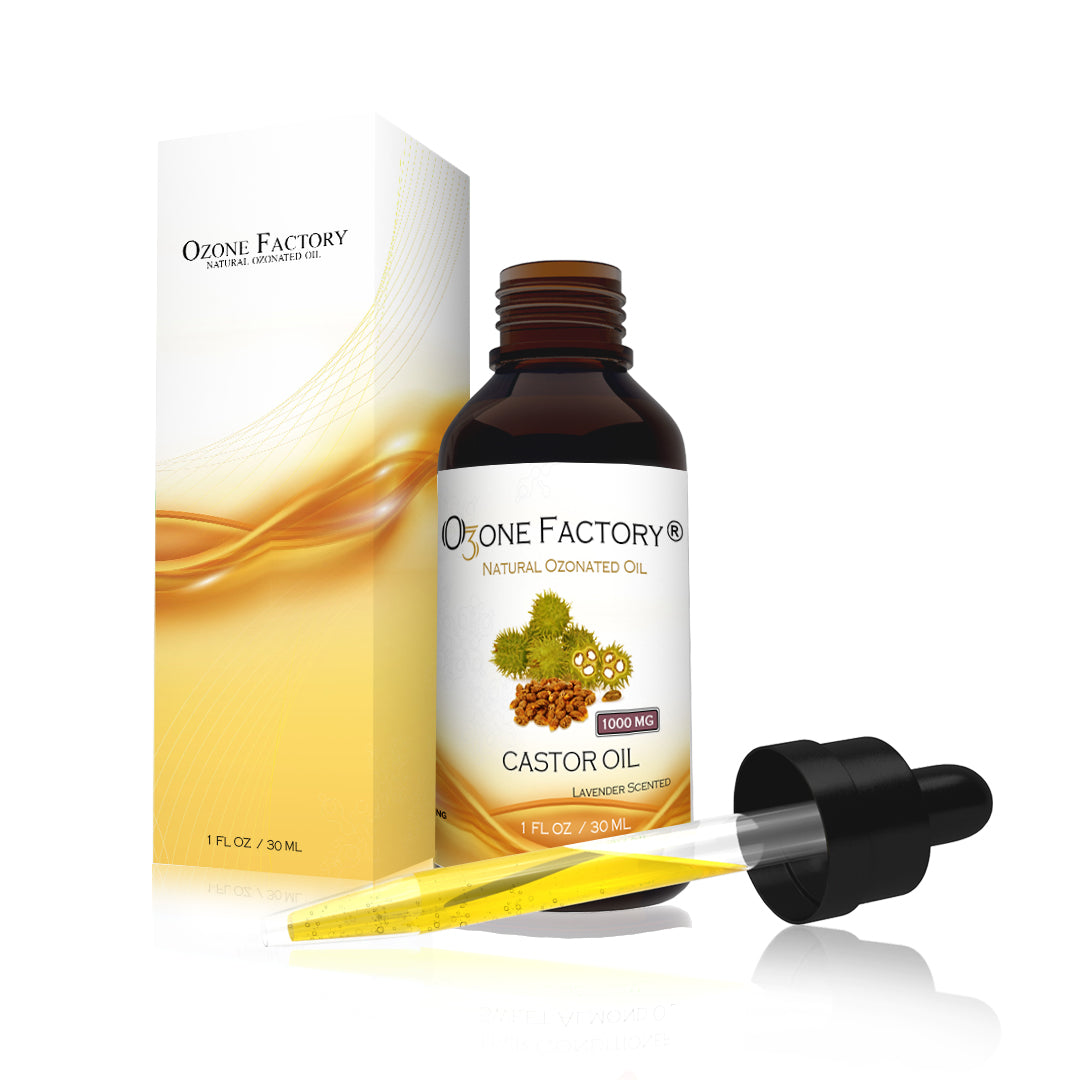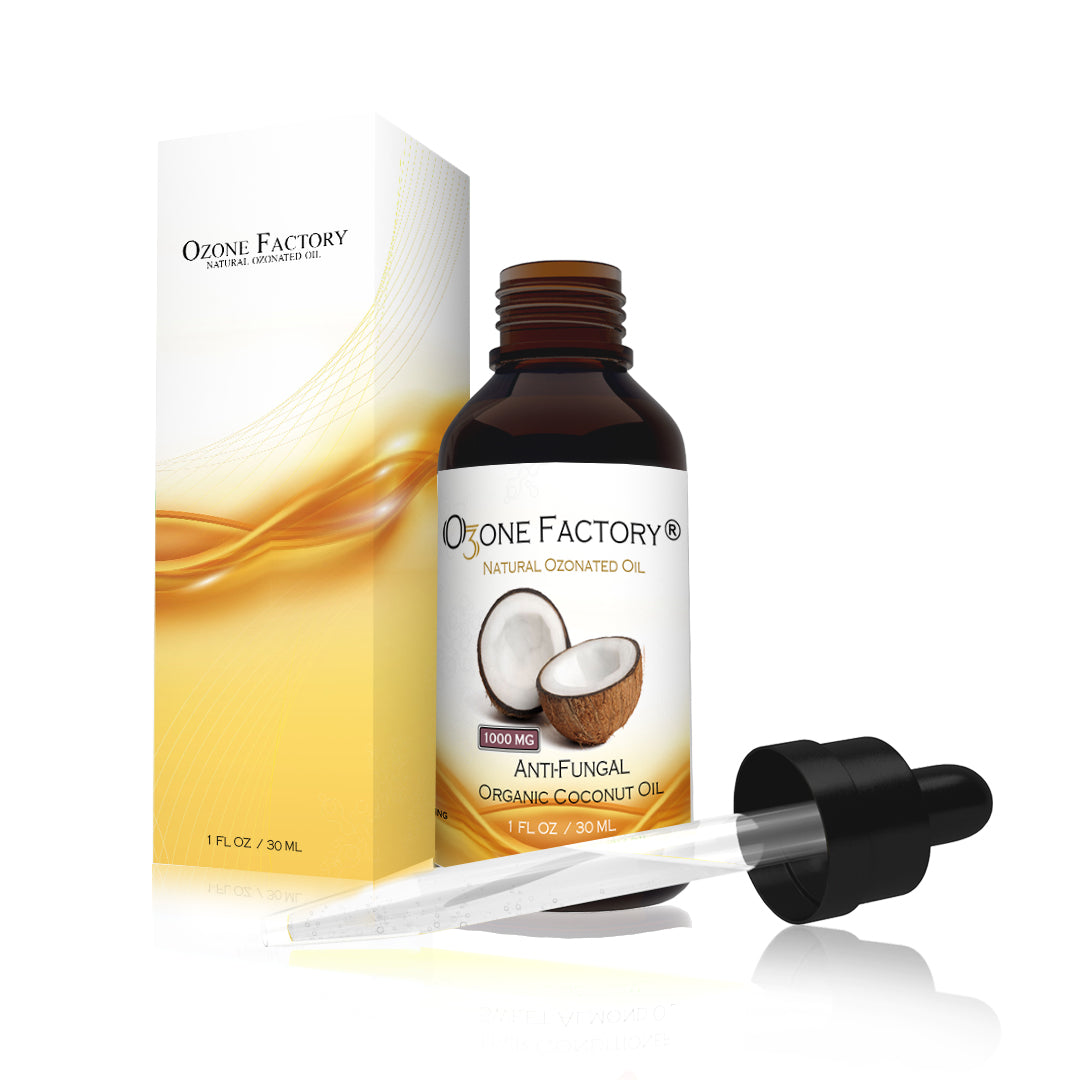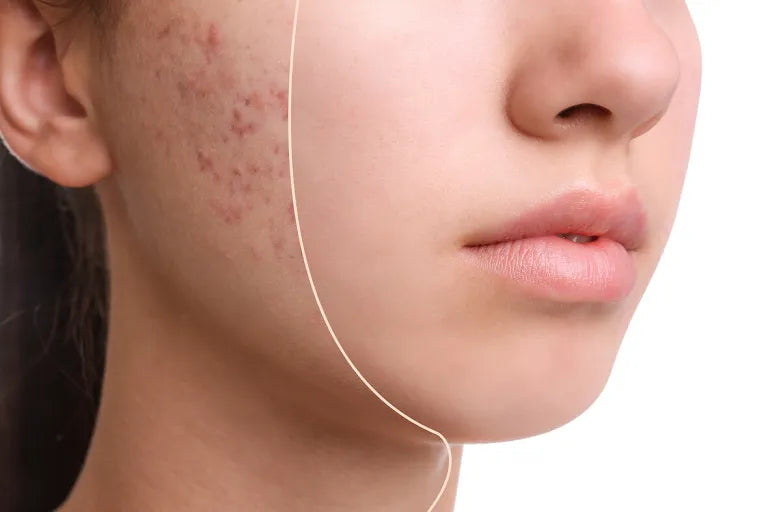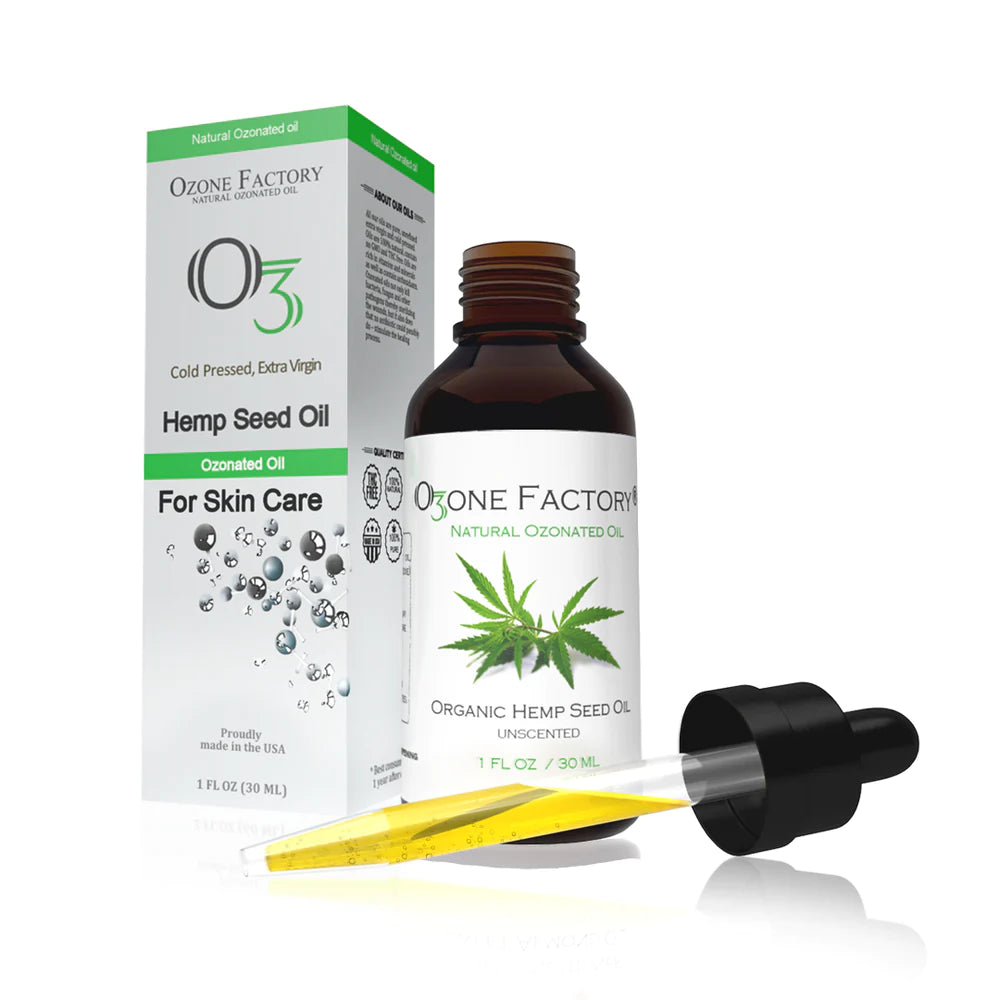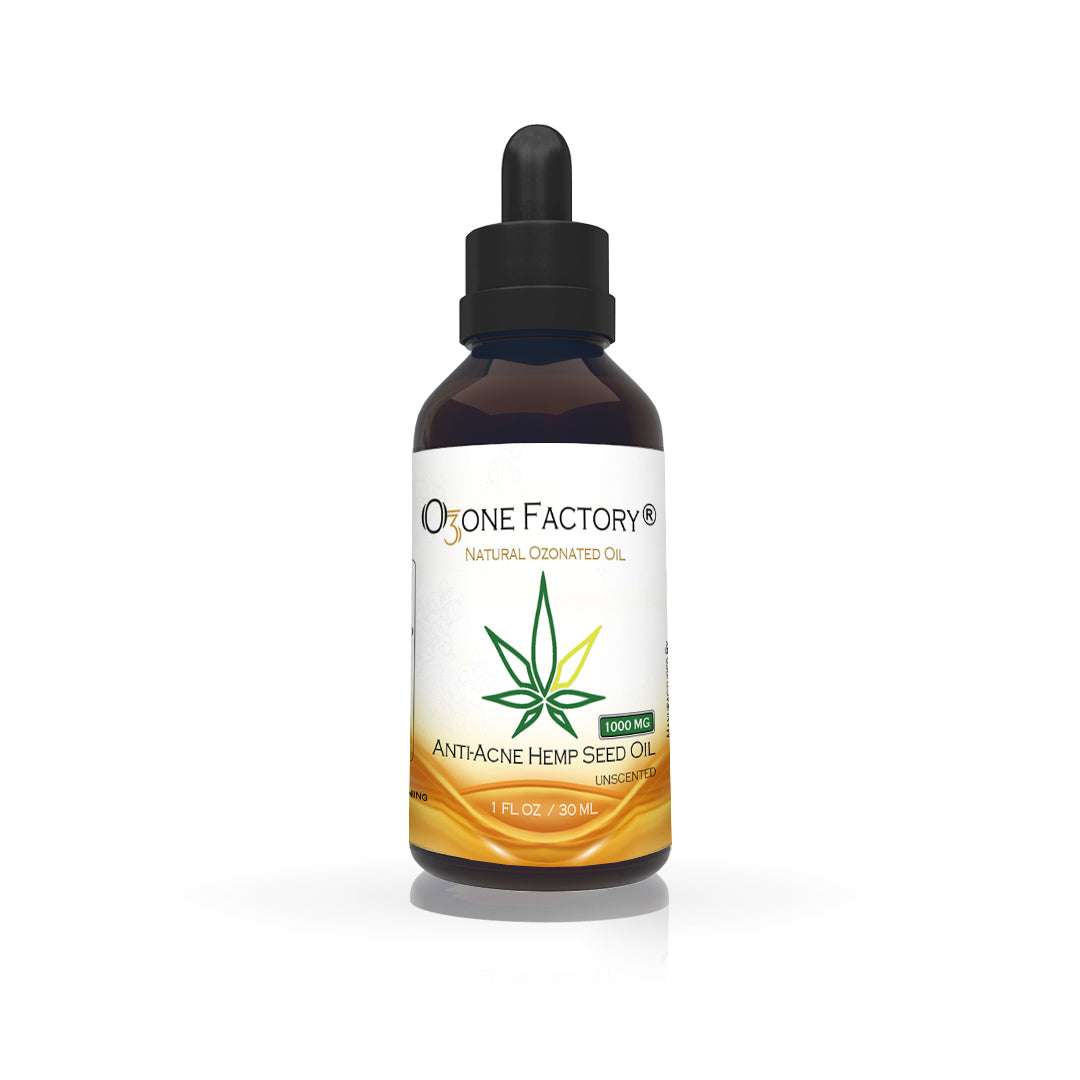
Erysipelas, a superficial but aggressive streptococcal infection, can leave the skin red, tight, and tender even after antibiotic therapy resolves the acute phase. Edema, micro-fissures, lingering inflammation, and an impaired barrier make the area prone to dryness, recurrent infection, and scarring. Thoughtful topical care is therefore more than cosmetic; it helps restore resilience and comfort while reducing the risk of relapse.
Meet Ozonated Oils
Ozonated oils are plant oils—olive, hemp seed, coconut, and others—infused with grade ozone (O₃) under controlled conditions. The process saturates the oil with reactive oxygen species (ozonides) that:
- Neutralize pathogens – broad antibacterial, antiviral, and antifungal activity
- Modulate inflammation – down-regulate pro-inflammatory mediators and soothe irritation
- Stimulate repair – enhance local oxygenation, collagen remodeling, and micro-circulation
- Create an occlusive yet breathable barrier – locking in moisture without clogging pores.
The result is a thick, gel-like balm that releases oxygen slowly as it contacts skin moisture, providing a sustained therapeutic effect.
How Ozonated Oils Help After Erysipelas
|
Core Need |
What Happens After Erysipelas |
Ozonated Oil Benefit |
|
Antimicrobial protection |
Residual bacterial colonies may linger on compromised skin |
Ozone-derived peroxides rupture microbial cell walls, reducing surface bacterial load |
|
Inflammation control |
Persistent redness, warmth, low-grade swelling |
Ozonides calm local cytokine cascades, easing discomfort and speeding resolution |
|
Barrier restoration |
Stratum corneum is dry and fragile |
Semi-occlusive in film seals micro-fissures, preventing transepidermal water loss |
|
Tissue regeneration |
Risk of post-inflammatory hyperpigmentation or scarring |
Improved oxygenation and fibroblast activity promote even re-epithelialisation |

